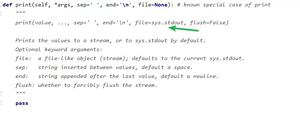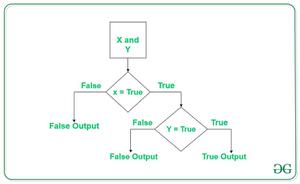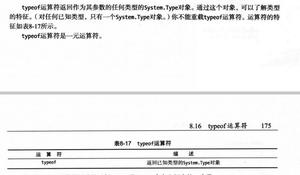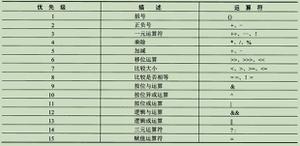Lua 逻辑运算符
示例
在Lua中,可以通过逻辑运算符来操作布尔值。这些运营商包括not,and,和or。
用简单的表达式,结果非常简单:
print(not true) --> falseprint(not false) --> true
print(true or false) --> true
print(false and true) --> false
优先顺序
优先顺序类似于一元数学运算符-,*以及+:
not
然后 and
然后 or
这可能导致复杂的表达式:
print(true and false or not false and not true)print( (true and false) or ((not false) and (not true)) )
--> these are equivalent, and both evaluate to false
快捷评估
运算符,and并且or可能仅使用第一个操作数进行评估,前提是不需要第二个:
function a()print("a() was called")
return true
end
function b()
print("b() was called")
return false
end
print(a() or b())
--> a() was called
--> true
-- nothing else
print(b() and a())
--> b() was called
--> false
-- nothing else
print(a() and b())
--> a() was called
--> b() was called
--> false
惯用条件运算符
由于逻辑运算符的优先级,因此可以在Lua中使用快捷条件评估和对as进行非false和非nil值评估的功能true:惯用条件运算符:
function a()print("a() was called")
return false
end
function b()
print("b() was called")
return true
end
function c()
print("c() was called")
return 7
end
print(a() and b() or c())
--> a() was called
--> c() was called
--> 7
print(b() and c() or a())
--> b() was called
--> c() was called
--> 7
此外,由于性质x and a or b结构,a将永远不会被退还,如果它的计算结果false,这一条件将随后始终返回b无论是什么x是。
print(true and false or 1) -- outputs 1
以上是 Lua 逻辑运算符 的全部内容, 来源链接: utcz.com/z/343174.html









